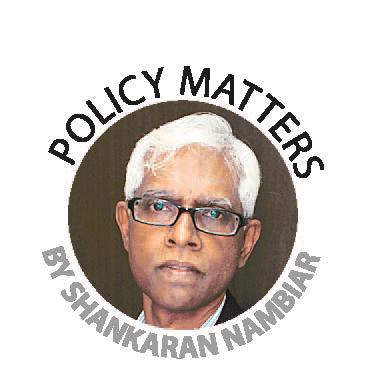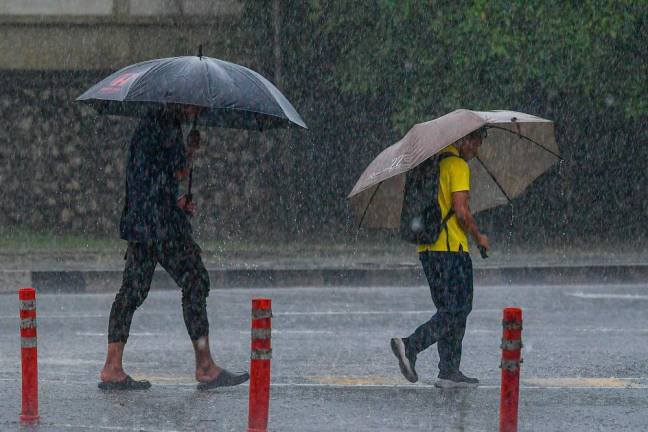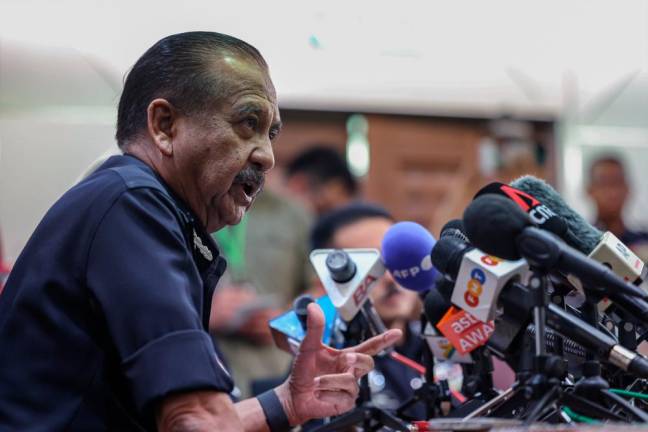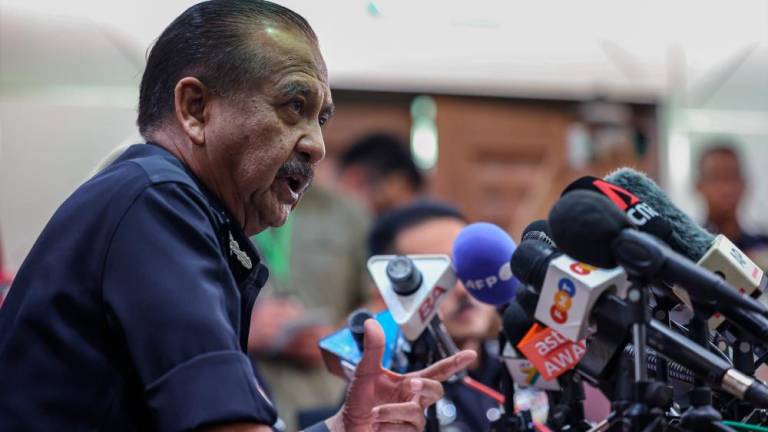INDIA’S pull-out from the Regional Comprehensive Economic Partnership (RCEP) is hardly surprising. India has had to balance its domestic concerns with its regional participation. The balance has tilted in favour of calming what can be a turbulent domestic constituency.
Prime Minister Narendra Modi is without doubt a great advocate of Act East, a tagline that he had pushed to indicate his impatience with the earlier Look East policy.
It is in that vein that Modi sought active participation in Asean in a number of ways, more specifically through the Indo-Pacific strategy and what might otherwise have been membership in RCEP.
The Indian negotiators were caught between the prime minister’s enthusiasm to cultivate the region and their own sense that there had to be something to show “at home”. This was a region that India had a trade deficit with; China is already flooding the Indian market with a wide variety of goods; and some of the Asean member states were reluctant to allow the free flow of skilled Indian workers and the opening of borders to services from India.
The future, true enough, lies with Asean, but the present runs a hard bargain with nothing for India to gain from RCEP.
India still remains an economy that is largely domestic based; it is the domestic market that drives GDP and there is little incentive yet to be export-oriented. Why would you, when the domestic market is huge and not yet been fully tapped.
Some quarters in Singapore have long thought that RCEP could go along without India. China, with whom India has severe pangs of competition would have preferred to have had India within the fold.
In June 2019, Prime Minister Tun Dr Mahathir Mohamad attempted a simplistic solution in view of the conflicting views by suggesting that India could be out of the RCEP along with Australia and New Zealand.
Indonesian trade minister Enggartiasto Lukita took – and, indeed, takes – a different view, insisting that India’s presence is central to RCEP.
The Indonesian view is one that comes about from its maturity and an understanding that China and India matter to Asean from a security and economic viewpoint. That aside, Indonesia has been trying to have good relations with both the Asian superpowers.
Lukita’s view is in synchrony with Singapore’s Senior Minister Goh Chok Tong’s observation that “India and China can be the two wings of the jumbo jet for Southeast Asia”.
Mahathir, on the other hand, had chosen to take a line that is more surgical, reductionist and in-the-moment.
India should engage itself more actively with Asean, but Asean member countries cannot dictate the pace at which it will. At this juncture, it is not for the lack of desire on the path of its prime minister.
One of the factors for which India’s prime minister has come under criticism is the slow pace at which its manufacturing sector is growing and its inability to generate jobs.
India has to solve the problem of developing a more vibrant manufacturing sector that caters not only to domestic demand but one that also aggressively seeks foreign markets.
As it handles the domestic industry aspect of the equation, the government should also encourage the inflow of foreign direct investment.
There has been some progress as far as the latter is concerned: Korean and Japanese investment in India is increasing, but not at a rapid enough pace.
The Nehruvian legacy with its fondness for socialism is deeply embedded in the Indian psyche, right from its civil service, to its industrial captains, the media and even its university economists. None of this is going to be quick to break down. But some steps have been taken in the last five years or so.
Then again, Jawaharlal Nehru did not have to deal with a highly competitive China in its backyard. Nor would he have seen Chinese products all over Kamala Nagar, right down to padlocks and figurines of Hindu deities.
So while Indonesia, Thailand and Japan will try behind the scenes to do what they can either to convince India on the merits of joining RCEP or in smoothing out India’s concerns, it is unlikely that India will join RCEP in the next few years.
That does not mean India will be out of RCEP forever. India will be welcome to join at a later date.
Until such time, bilateral economic cooperation between India and Asean member states has its doors open. And there is also a lot more room for India to invest in and export to Asean.
But the longer India takes to undertake domestic reform and persuade its export-oriented manufacturers to look and act East, the more lost opportunities will pile up at the doors of its industrialists.
Dr Shankaran Nambiar is a senior research fellow at the Malaysian Institute of Economic Research. He is author of “Malaysia: At the Edge of Transformation”. Comments: letters@thesundaily.com














